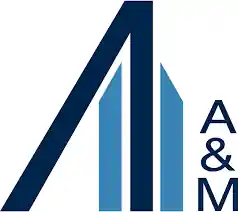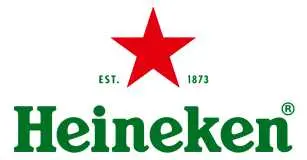
Europe Food Coating Ingredients Market Growth, Size, Trends, Demand, Share and Future Outlook
Europe Food Coating Ingredients Market Size- By Type, By Application- Regional Outlook, Competitive Strategies and Segment Forecast to 2033
| Published: Mar-2024 | Report ID: FOOD2439 | Pages: 1 - 152 | Formats*: |
| Category : Food & Beverages | |||
- Akorn Technology introduced edible coatings for fresh fruit in 2022, which have been approved by the European Union (EU). This invention can be applied to full fresh fruit, including chopped fruits with peels that are edible or inedible. This new product introduction was part of a plan to increase the company's product line.
- Kerry Group PLC opened its Rome, Georgia, coating production facility in 2021. The recently enlarged Rome location offers substantial capacity, cutting-edge capabilities, and specially designed coating solutions.


| Report Metric | Details |
| Market size available for years | 2020-2033 |
| Base year considered | 2023 |
| Forecast period | 2024-2033 |
| Segments covered | By Type, By Application |
| Regions covered | UK, France, Germany, Italy, Spain, Rest of Europe |
| Companies Covered | Akron Technology, Apeel Sciences, Archer-Daniels-Midland Company, Bowman Ingredients, Cargill Inc., Ingredion Incorporated, Kerry Group PLC, Newly Weds Foods, Royal Avebe U.A., Tate & Lyle |
- Food Manufacturers
- Food Service Providers
- Retailers
- Food Packaging Companies
- Research Institutions
- Regulatory Bodies
- Distributors and Wholesalers
- Food Ingredient Suppliers
- Consumer Advocacy Groups
| By Type: |
|
| By Application: |
|
- Europe Food Coating Ingredients Market Size (FY’2024-FY’2033)
- Overview of Europe Food Coating Ingredients Market
- Segmentation of Europe Food Coating Ingredients Market By Type (Sugars and Syrups, Cocoa and Chocolates, Fats and Oils, Spices and Seasonings, Flours, Batter and Crumbs, Others)
- Segmentation of Europe Food Coating Ingredients Market By Application (Bakery, Confectionery, Breakfast Cereals, Snacks, Dairy, Meat, Others)
- Expansion Analysis of Europe Food Coating Ingredients Market
- Problems and Obstacles in Europe Food Coating Ingredients Market
- Competitive Landscape in the Europe Food Coating Ingredients Market
- Impact of COVID-19 and Demonetization on Europe Food Coating Ingredients Market
- Details on Current Investment in Europe Food Coating Ingredients Market
- Competitive Analysis of Europe Food Coating Ingredients Market
- Prominent Players in the Europe Food Coating Ingredients Market
- SWOT Analysis of Europe Food Coating Ingredients Market
- Europe Food Coating Ingredients Market Future Outlook and Projections (FY’2024-FY’2033)
- Recommendations from Analyst
1.1. Scope of the report1.2. Market segment analysis
2.1. Research data source2.1.1. Secondary Data2.1.2. Primary Data2.1.3. SPER’s internal database2.1.4. Premium insight from KOL’s2.2. Market size estimation2.2.1. Top-down and Bottom-up approach2.3. Data triangulation
4.1. Driver, Restraint, Opportunity and Challenges analysis4.1.1. Drivers4.1.2. Restraints4.1.3. Opportunities4.1.4. Challenges4.2. COVID-19 Impacts of the Europe Food Coating Ingredients Market
5.1. SWOT Analysis5.1.1. Strengths5.1.2. Weaknesses5.1.3. Opportunities5.1.4. Threats5.2. PESTEL Analysis5.2.1. Political Landscape5.2.2. Economic Landscape5.2.3. Social Landscape5.2.4. Technological Landscape5.2.5. Environmental Landscape5.2.6. Legal Landscape5.3. PORTER’s Five Forces5.3.1. Bargaining power of suppliers5.3.2. Bargaining power of buyers5.3.3. Threat of Substitute5.3.4. Threat of new entrant5.3.5. Competitive rivalry5.4. Heat Map Analysis
6.1. Europe Food Coating Ingredients Market Manufacturing Base Distribution, Sales Area, Product Type6.2. Mergers & Acquisitions, Partnerships, Product Launch, and Collaboration in Europe Food Coating Ingredients Market
7.1. Europe Food Coating Ingredients Market Size, Share and Forecast, By Type, 2020-20267.2. Europe Food Coating Ingredients Market Size, Share and Forecast, By Type, 2027-20337.3. Sugars and Syrups7.4. Cocoa and Chocolates7.5. Fats and Oils7.6. Spices and Seasonings7.7. Flours7.8. Batter and Crumbs7.9. Others
8.1. Europe Food Coating Ingredients Market Size, Share and Forecast, By Application, 2020-20268.2. Europe Food Coating Ingredients Market Size, Share and Forecast, By Application, 2027-20338.3. Bakery8.4. Confectionery8.5. Breakfast Cereals8.6. Snacks8.7. Dairy8.8. Meat8.9. Others
9.1. Europe Food Coating Ingredients Market Size and Market Share
10.1. Europe Food Coating Ingredients Market Size and Market Share By Region (2020-2026)10.2. Europe Food Coating Ingredients Market Size and Market Share By Region (2027-2033)10.3. France10.4. Germany10.5. Italy10.6. United Kingdom10.7. Rest of Europe
11.1. Akron Technology11.1.1. Company details11.1.2. Financial outlook11.1.3. Product summary11.1.4. Recent developments11.2. Apeel Sciences11.2.1. Company details11.2.2. Financial outlook11.2.3. Product summary11.2.4. Recent developments11.3. Archer-Daniels-Midland Company11.3.1. Company details11.3.2. Financial outlook11.3.3. Product summary11.3.4. Recent developments11.4. Bowman Ingredients11.4.1. Company details11.4.2. Financial outlook11.4.3. Product summary11.4.4. Recent developments11.5. Cargill Inc.11.5.1. Company details11.5.2. Financial outlook11.5.3. Product summary11.5.4. Recent developments11.6. Ingredion Incorporated11.6.1. Company details11.6.2. Financial outlook11.6.3. Product summary11.6.4. Recent developments11.7. Kerry Group PLC11.7.1. Company details11.7.2. Financial outlook11.7.3. Product summary11.7.4. Recent developments11.8. Newly Weds Foods11.8.1. Company details11.8.2. Financial outlook11.8.3. Product summary11.8.4. Recent developments11.9. Royal Avebe U.A.11.9.1. Company details11.9.2. Financial outlook11.9.3. Product summary11.9.4. Recent developments11.10. Tate & Lyle11.10.1. Company details11.10.2. Financial outlook11.10.3. Product summary11.10.4. Recent developments11.11. Others
SPER Market Research’s methodology uses great emphasis on primary research to ensure that the market intelligence insights are up to date, reliable and accurate. Primary interviews are done with players involved in each phase of a supply chain to analyze the market forecasting. The secondary research method is used to help you fully understand how the future markets and the spending patterns look likes.
The report is based on in-depth qualitative and quantitative analysis of the Product Market. The quantitative analysis involves the application of various projection and sampling techniques. The qualitative analysis involves primary interviews, surveys, and vendor briefings. The data gathered as a result of these processes are validated through experts opinion. Our research methodology entails an ideal mixture of primary and secondary initiatives.



Frequently Asked Questions About This Report
PLACE AN ORDER
Year End Discount
Sample Report
Pre-Purchase Inquiry
NEED CUSTOMIZATION?
Request CustomizationCALL OR EMAIL US
100% Secure Payment


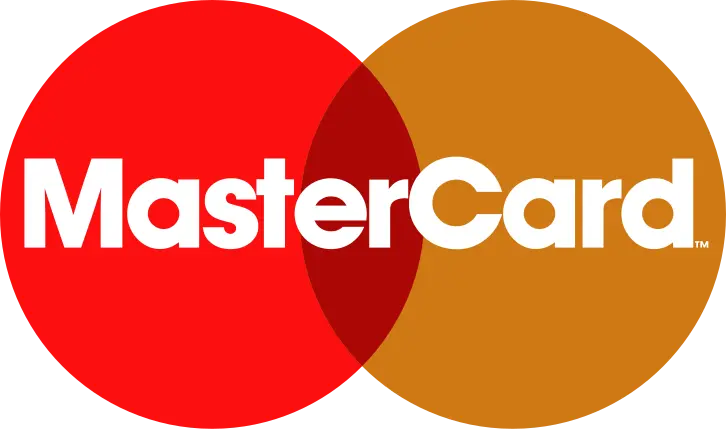
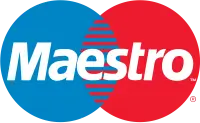

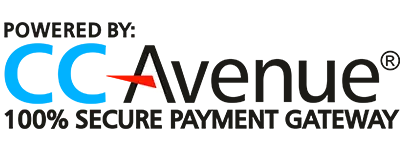
Related Reports
Our Global Clients
Our data-driven insights have influenced the strategy of 200+ reputed companies across the globe.




















